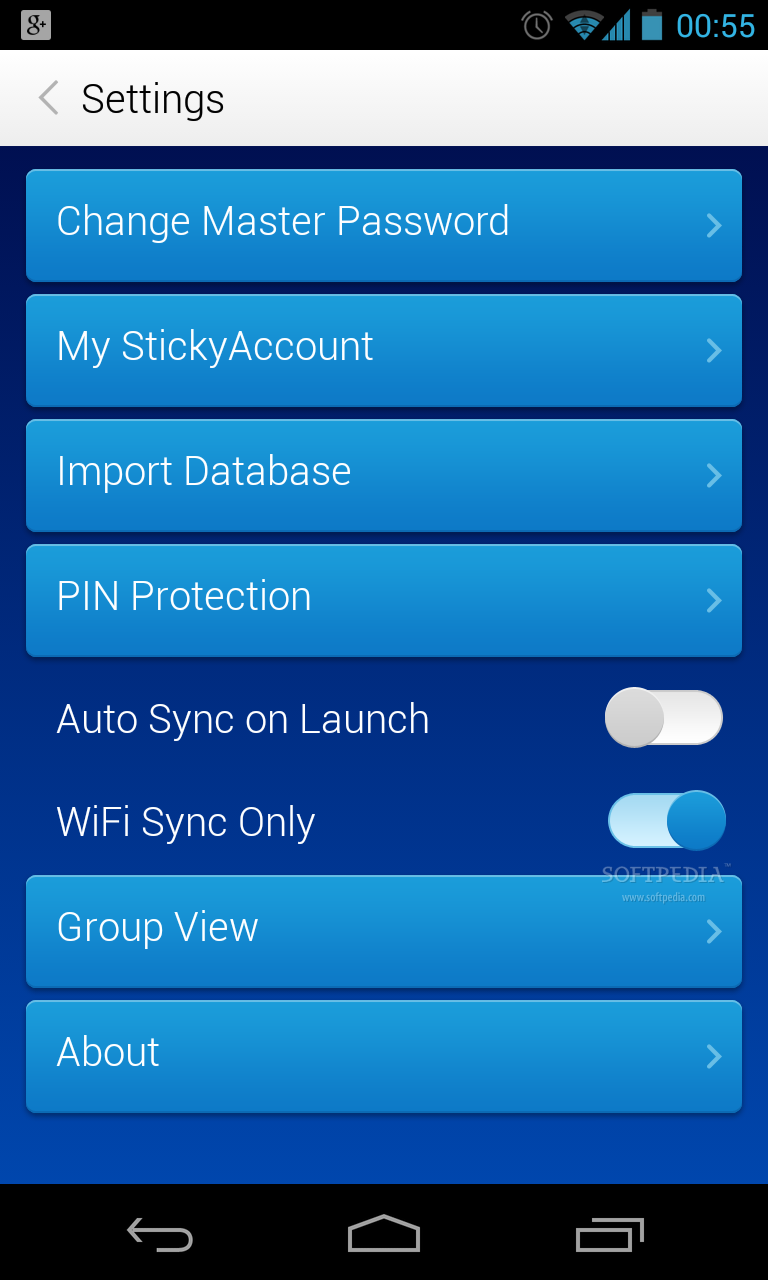


“As we actively work with other Fido alliance leaders to eliminate passwords, we’ll inevitably remove one of phishers’ biggest rewards – credentials,” he said. The 1Password chief executive, Jeff Shiner, said the move by Google would allow 1.5 billion people in the world to try passkeys but in order to secure wider adoption, passkeys needed to allow users to easily switch between ecosystems such as iOS or Android. While there may be a time when passkey spells the end of passwords and password managers, 1Password – one of the leading password manager apps – has welcomed the move from the tech giants. Ebay, Docusign, PayPal and a number of other businesses are already using passkey. The technology has been developed as part of the Fido (Fast Identity Online) alliance with Apple, Google and Microsoft leading the charge. If a user loses their device with the passkey, they can revoke access immediately in account settings. It uses Bluetooth to determine that the device is actually in proximity to the new device. If a user wants to temporarily share their passkey to a new device, they can get a one-time share by scanning a QR code or by using AirDrop for Apple devices. Google will still let people use passwords in circumstances where they do not have the passkey-enabled device available, but over time the company said it would pay closer attention to accounts using passwords for signs of compromise.Įach passkey is unique to each service a person uses, too, meaning that there’s no risk of one compromised account compromising every other account using a passkey. The technology is still in early stages, and it will be a while before there is mass adoption across apps and websites. Google said the rolling out of the passkey technology – to mark World Password Day – signified “the beginning of the end” for passwords for Google accounts. Google has said this will prevent people using phishing, SIM-swap and other methods to obtain passwords and bypass authentication methods – because the private key and the biometrics used are never shared. The signature is then verified using the public key to allow a person to access their account.Īll Google sees out of the transaction is the signature generated, and the public key. When a user signs in, the device must solve a unique challenge using the private key to generate a signature. Users can create a passkey for each device they use, or the operating system or app used to manage the passkeys can be shared between the devices.Ī cryptographic private key is stored on the device, and there is a corresponding public key uploaded to Google.


 0 kommentar(er)
0 kommentar(er)
